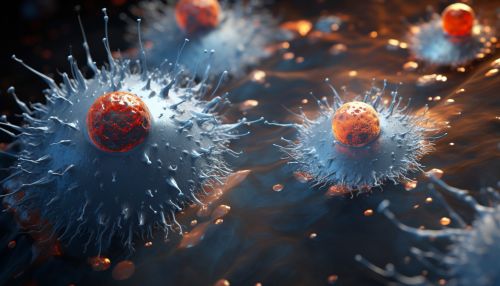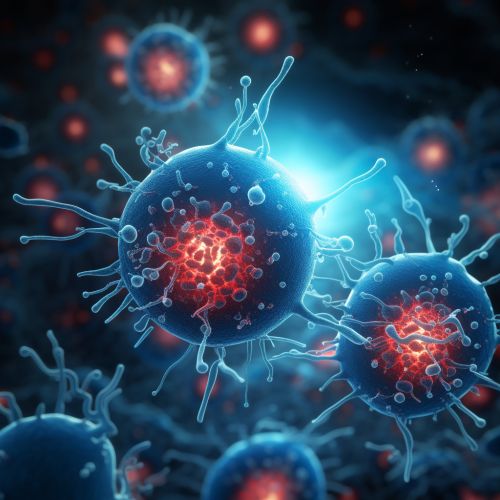The Role of Exosomes in Intercellular Communication
Introduction
Exosomes are small extracellular vesicles (EVs) that are secreted by all cell types and found in most bodily fluids. They are involved in various physiological and pathological processes, including intercellular communication. This article will delve into the role of exosomes in intercellular communication, discussing their biogenesis, composition, and functions, as well as their implications in health and disease.


Biogenesis of Exosomes
Exosomes are formed through a complex process known as endocytosis. This process begins with the inward budding of the plasma membrane to form early endosomes. These early endosomes then mature into late endosomes, which further invaginate to form multivesicular bodies (MVBs). The intraluminal vesicles (ILVs) within the MVBs are what eventually become exosomes when the MVBs fuse with the plasma membrane and release their contents into the extracellular space.
Composition of Exosomes
Exosomes are composed of a lipid bilayer membrane, which encloses a variety of bioactive molecules, including proteins, lipids, and nucleic acids. The specific composition of exosomes can vary depending on the cell type from which they originate and the conditions under which they are produced. However, certain molecules are commonly found in exosomes, such as tetraspanins (e.g., CD63, CD81, and CD9), heat shock proteins (e.g., HSP70 and HSP90), and certain types of RNA (e.g., microRNAs and long non-coding RNAs).
Functions of Exosomes in Intercellular Communication
Exosomes play a crucial role in intercellular communication by transferring their cargo of bioactive molecules from one cell to another. This can occur in a paracrine manner (between nearby cells) or in an endocrine manner (between distant cells). The transferred molecules can then exert various effects on the recipient cells, such as altering their gene expression, modulating their immune response, or promoting their growth and survival.


Gene Regulation
Exosomes can transfer microRNAs and other types of non-coding RNAs from one cell to another. These RNAs can then regulate the gene expression of the recipient cells by interacting with their mRNA molecules and preventing them from being translated into proteins.
Immune Modulation
Exosomes can also modulate the immune response of the recipient cells. For example, they can transfer antigens from antigen-presenting cells to T cells, thereby triggering an immune response. Conversely, they can also transfer immunosuppressive molecules, such as transforming growth factor-beta (TGF-β), which can suppress the immune response.
Growth and Survival Promotion
Exosomes can promote the growth and survival of the recipient cells by transferring growth factors, such as epidermal growth factor (EGF) and vascular endothelial growth factor (VEGF). These factors can stimulate the recipient cells to proliferate and inhibit their apoptosis.
Implications in Health and Disease
Due to their role in intercellular communication, exosomes have been implicated in various health and disease conditions. For instance, they have been found to play a role in cancer, where they can promote tumor growth and metastasis, as well as in neurodegenerative diseases, where they can spread toxic proteins between neurons. On the other hand, they also have potential therapeutic applications, such as in drug delivery and regenerative medicine.
